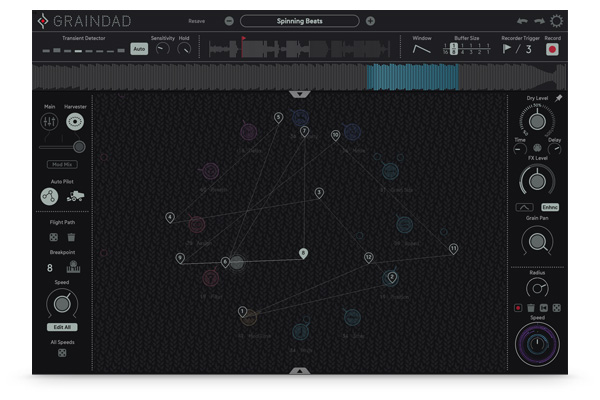

I do think that there’s a strong reverse case to be made, where people either involved in or aiming for vocational ministry in their current contexts should not be pulled out of those contexts. The shift of that type of education to online is a mistake. I don’t think you can do formation of character and spiritual-formation in particular, very well, except through intentional community life. I would posit that generally speaking, the best approach for group 1 remains full-time residential community living and in-person instruction. And in this regards, I think the two different populations : (1) those heading into full-time vocational ministry, and (2) a broader group interested in theological education, set up different demands on theological educators. In this post I want to push back against myself, and really suggest that there are two key things that are worth thinking through and applying.įirstly, I think we do need to circle back to the question of who theological education is for. So, if you’ve read through parts one, two, three, four, you’ll have gathered that I have a lot of criticism of online theological education as a model. I’ll post future samples for this to my patreon. Unlike some other things that I’m working away at much more rapidly, I expect this to take a few years to reach completion, and I’m quite okay with that. It aims to do three things: (a) combine enough tools and tips in one place for your intermediate and up reader of Greek to read the Psalms with understanding, (b) alongside a framework for understanding the content and theme of each psalm, in a way that makes them more approachable for personal (and corporate) prayer, (c) while giving myself an excuse to diligently read and write about the Psalms in conversation with the great tradition of the church. The idea is to produce a Reader’s version of the LXX Psalms, with accompanying devotional commentary and notes.
Gideros layer behind moving object free#
I spend my free time working on things that I get passionate about, and if that passion gets sustained to completion, all the better for you and for me.Īll of which is to say that I’ve been working away at something else new recently, and I want to share a small glimpse of it. And some eventually wither and die due to my lack of impetus. Therefore the Bring to Front/Back will never move objects between layers.I realise that by now you are mostly used to me starting umpteen projects. The Bring to Front/Back commands control the object stack and not the layer stack. This controls what is on top of what for the layer itself. Why can’t I move layers in Illustrator?Įach layer has an independent object stack. One option here is to have a foundation layer, then a retouching layer, then a layer for any other added objects (text, gradient filters, lens flares, etc.) and a layer for color toning. The main advantage of layers is that can make every edit easy to reverse, by edits on separate layers. You can change your view in the middle of a command to see precisely where you want to select an object or choose a point. This pans the view in parallel views and rotates the view in perspective views. The simplest way to change the view is to drag the mouse with right button held down. With Grid snap turned on, drag the parts down in the Front or Right Viewport.When prompted for a base point to move from, use an End or Int Osnap and select the corner you want to land on 0.Drag the selected-art indicator, located at the right of the layer in the Layers panel, to the layer you want. Then choose Object > Arrange > Send To Current Layer. Do one of the following: Click the name of the desired layer in the Layers panel.Hold Alt and press the PageUp / PageDn keys to move objects in the world z-direction. Hold Alt and press an Arrow key to move objects in the world x-, y-directions. When objects are on a layer, you can turn them all off at once, change their wireframe display color, and select them all with one selection. Layers are a way of organizing objects so you can manipulate them all at once or keep track of them in some way. The Layer command manages layer properties. The Autodesk® Data Extension for 12d® 2020 for Autodesk® Civil 3D® is a package of tools designed to work with common Australian and New Zealand Standards in a single download.


 0 kommentar(er)
0 kommentar(er)
